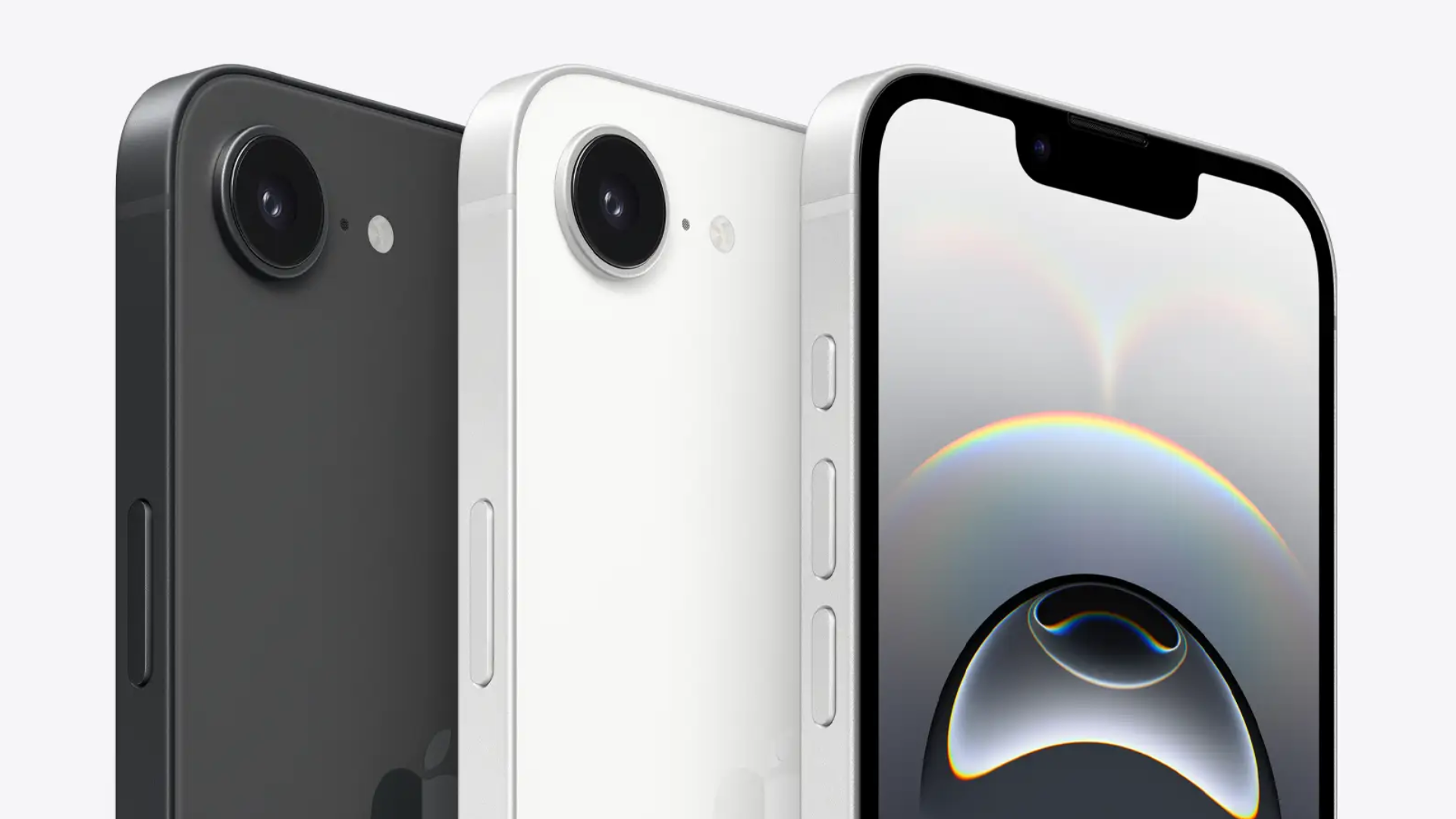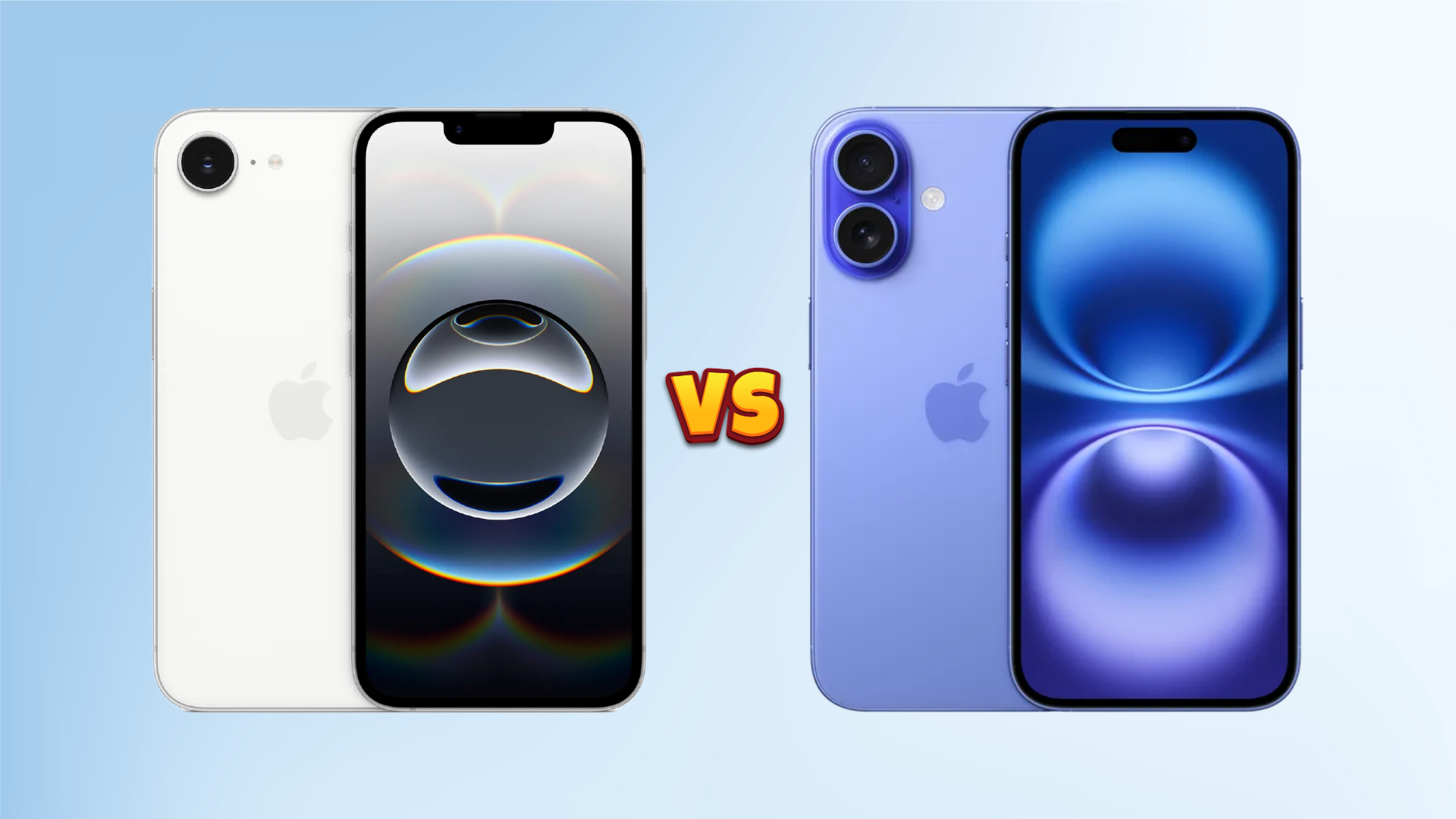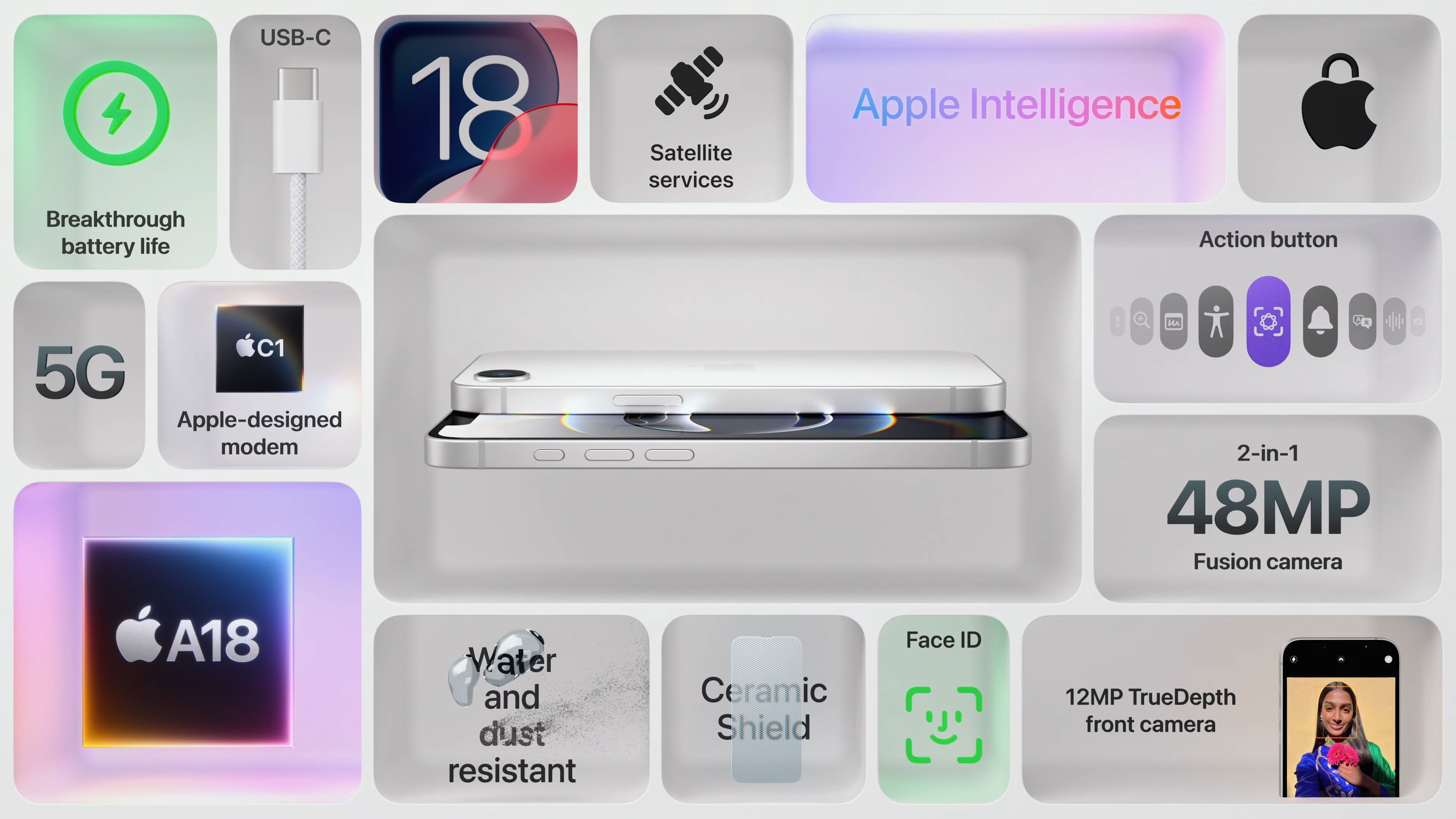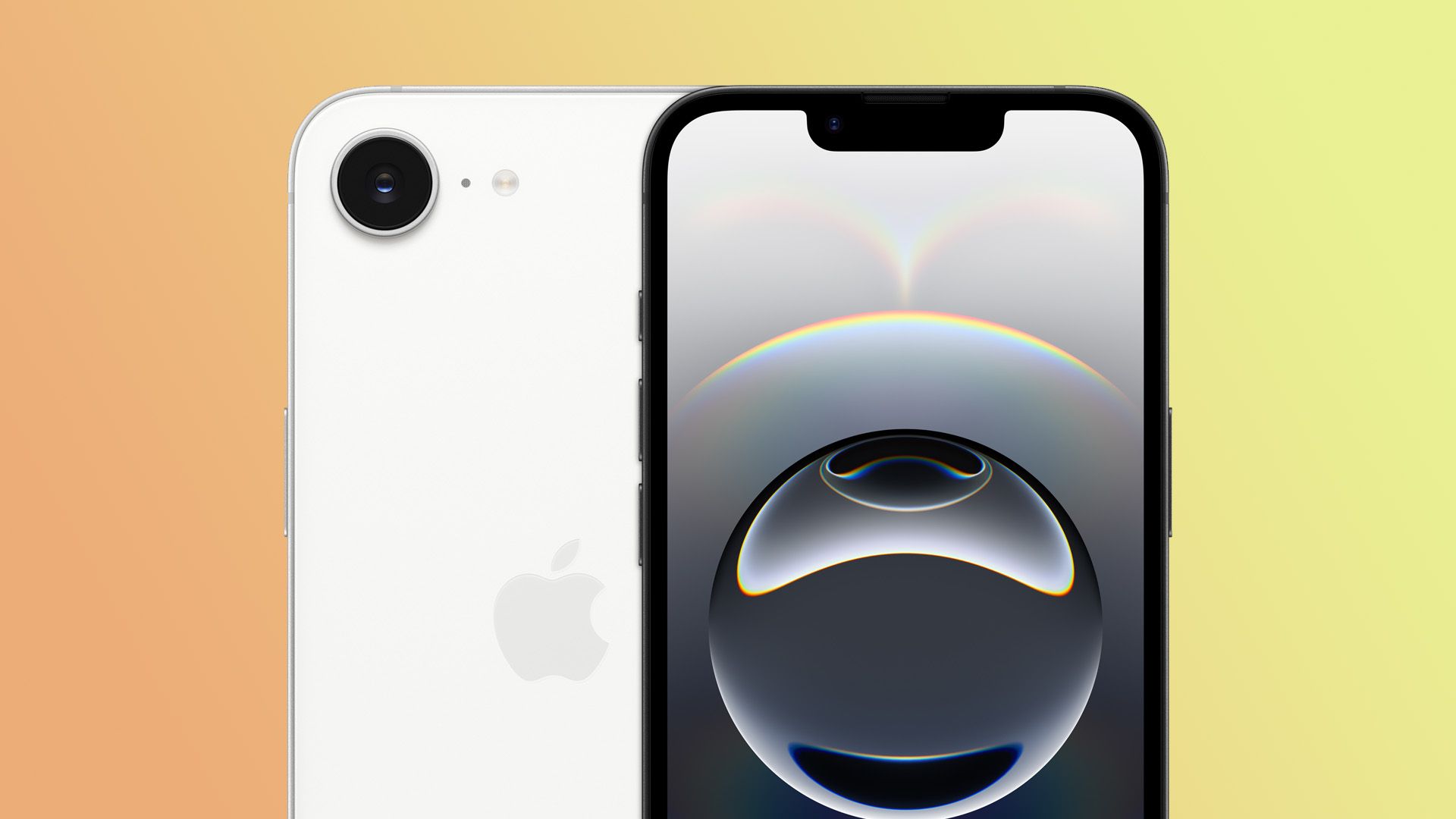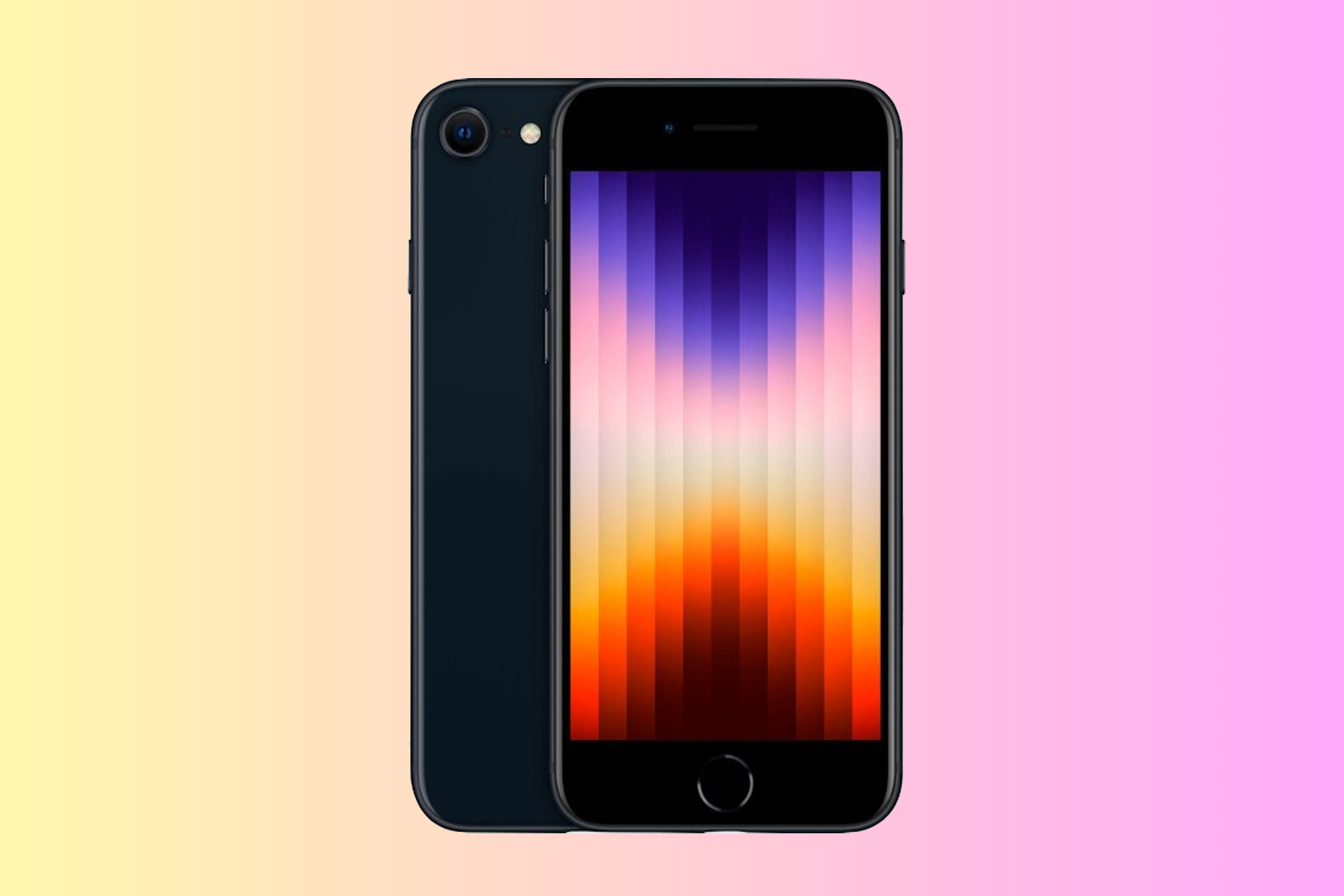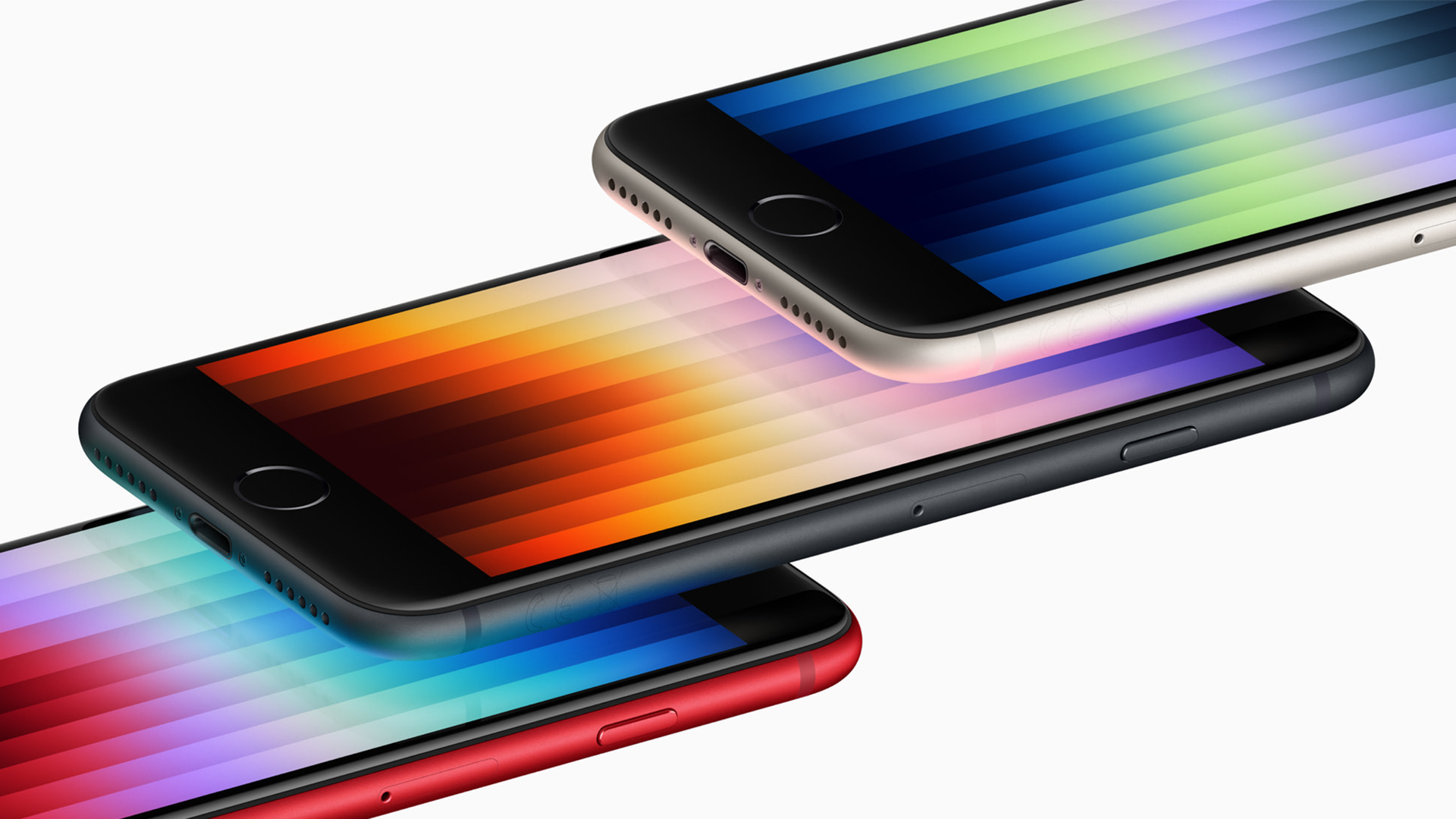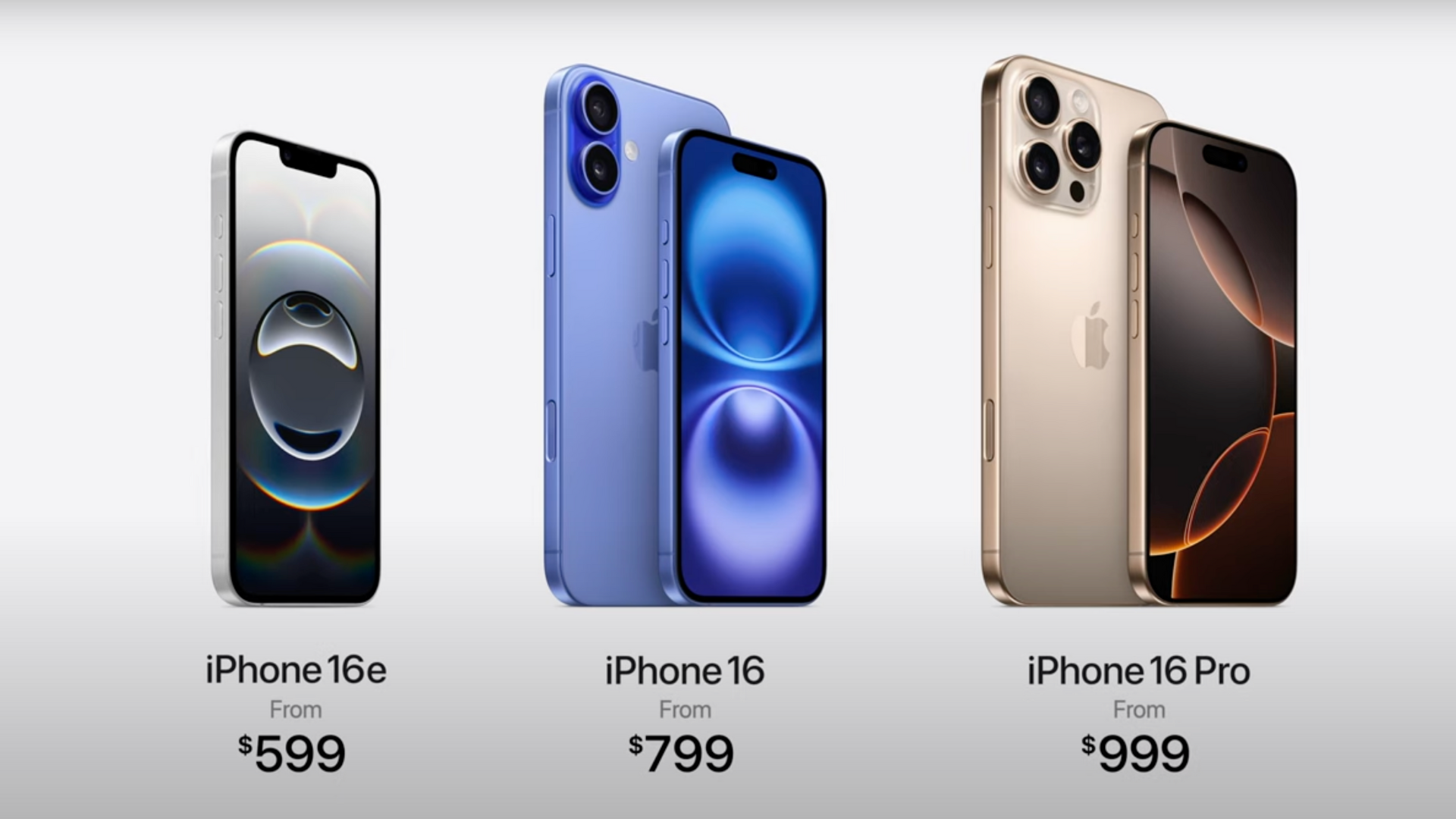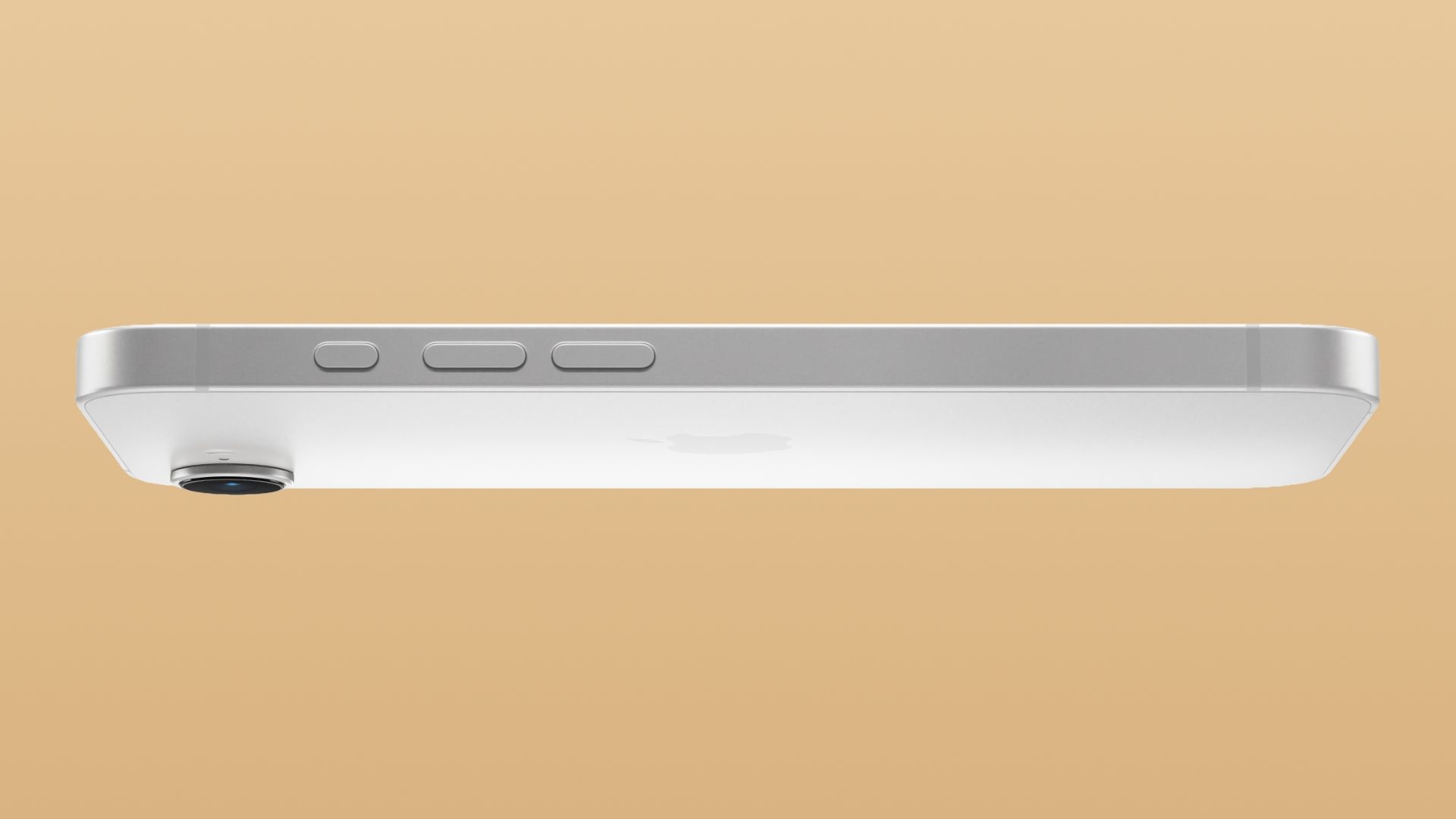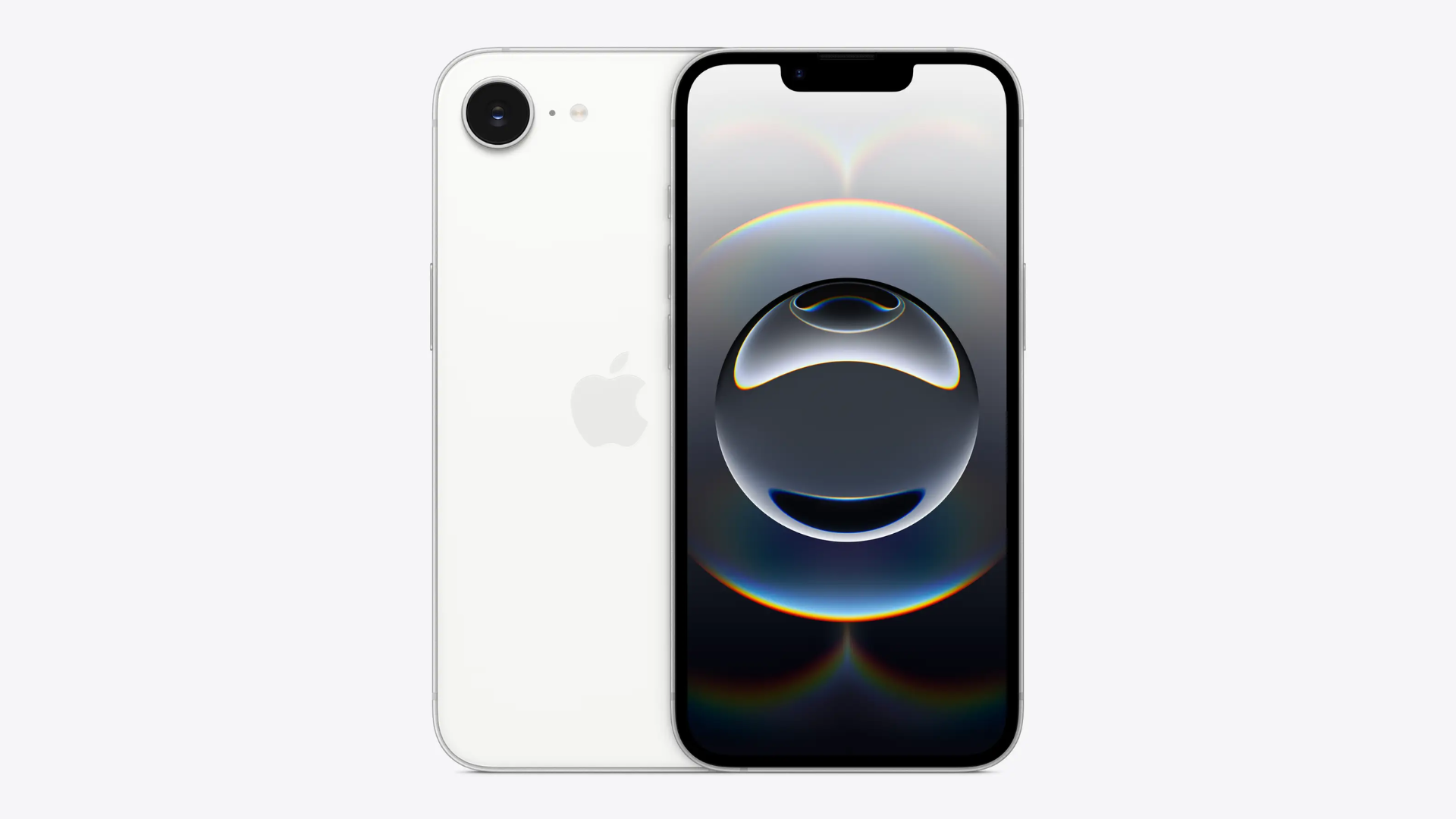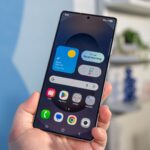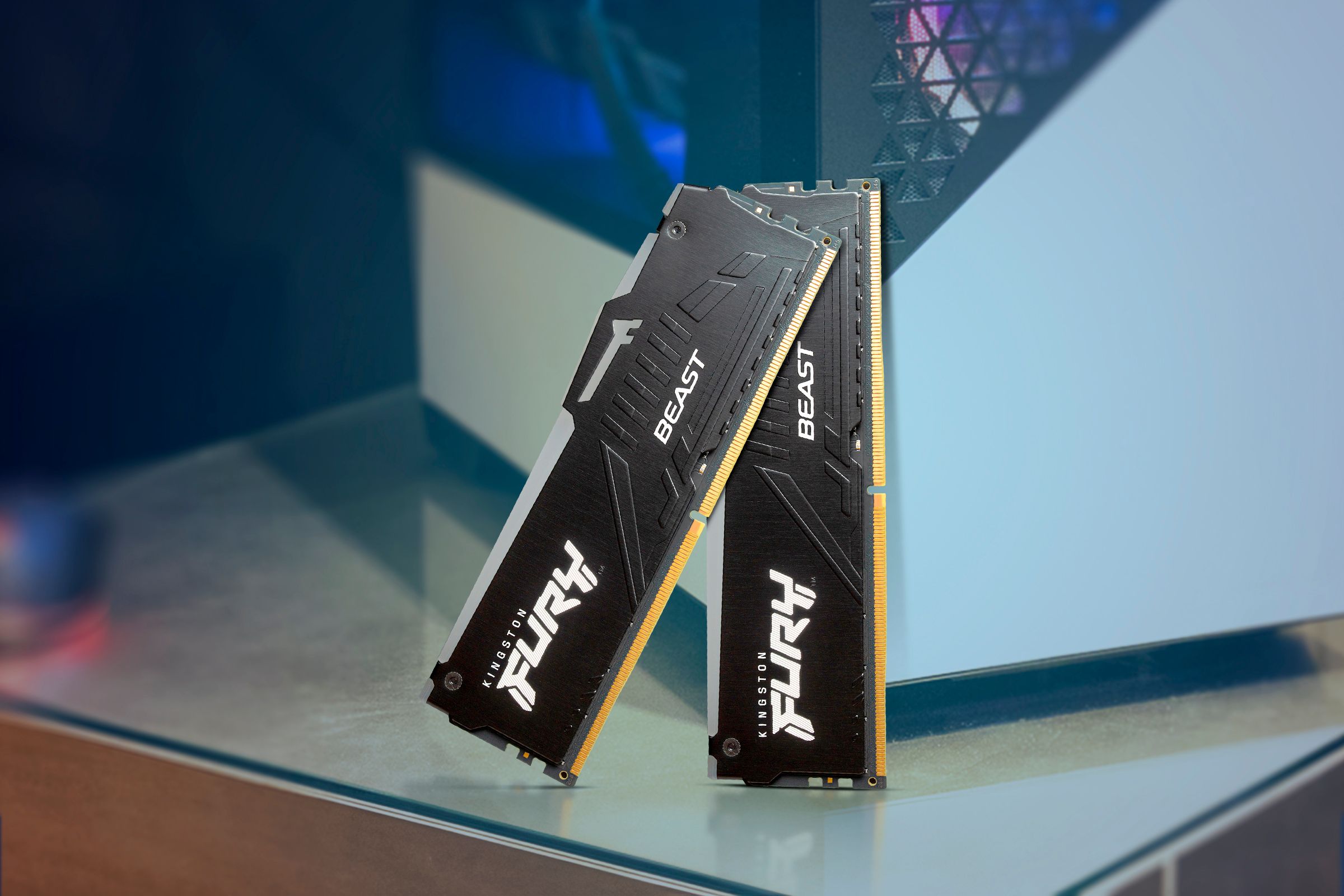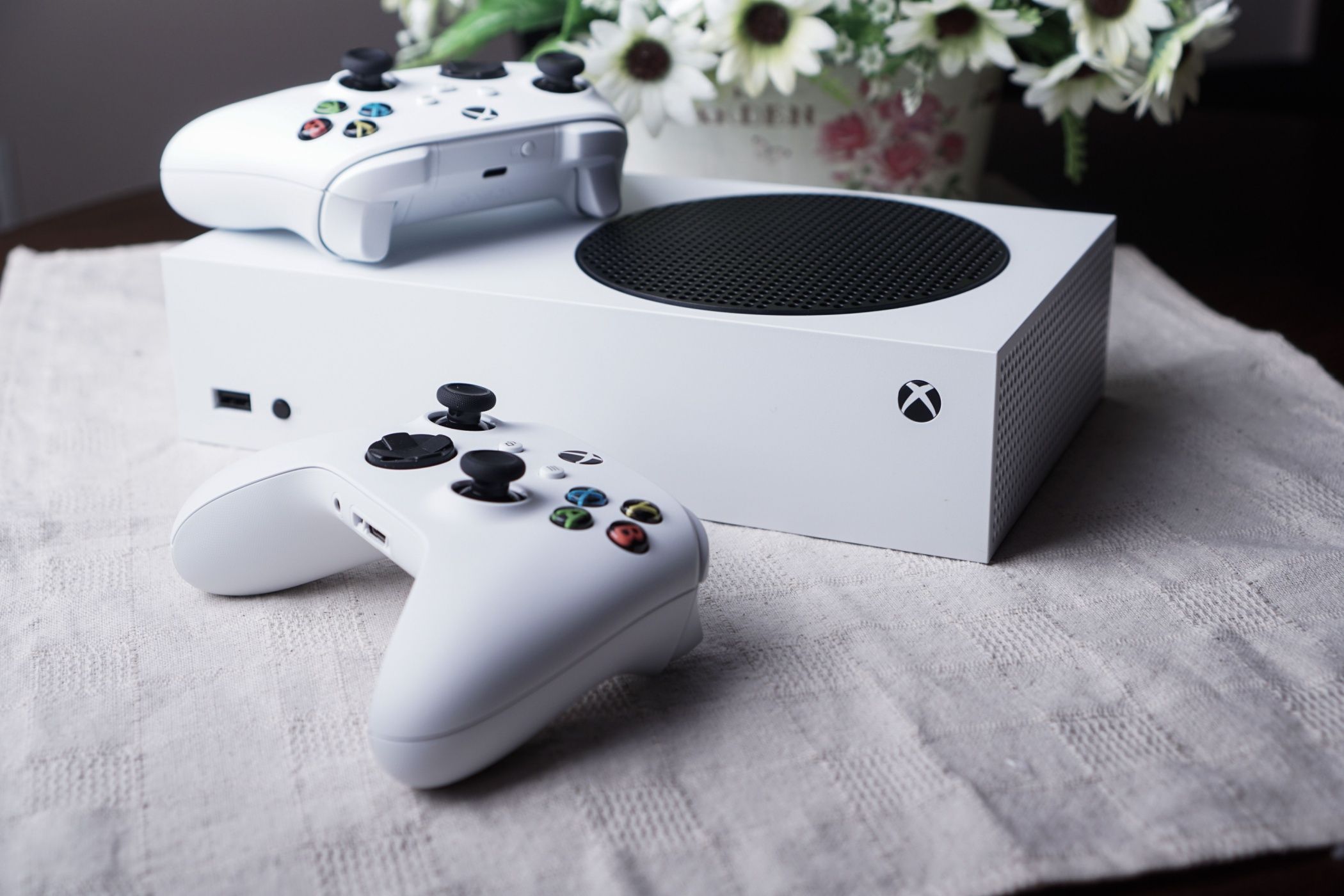Why I’m Buying the iPhone 16e
Apple iPhone
Summary
- The iPhone 16e offers a bigger OLED screen in a compact design, with HDR video and a brighter display.
- No Home button should improve durability, sleekness, and bring the budget option in line with Apple’s modern design.
- The cameras are good enough for everyday shooting, and the a lower price tag compared to other iPhone models is perfect considering the current economy.
As a former iPhone SE 3 owner who half heartedly switched to an iPhone 14 Pro solely for a bigger screen, I knew right from the moment Apple unveiled the new iPhone 16e that I’m the target market. Here’s why I’ll be buying an iPhone 16e instead of upgrading to an iPhone 16 or iPhone 15.
Bigger Screen in Virtually the Same Housing
The iPhone 16e announcement got me particularly excited about dropping the iconic Home button because doing so meant Apple’s engineers could blow up the display while retaining the compact form factor. When it comes to display size, bigger is definitely better.
Indeed, the iPhone 16e is only marginally wider and taller than the regular iPhone 16. Its fullscreen design means that you get a much bigger canvas for your content and apps than the third-generation iPhone SE without sacrificing pocketability and one-handed use.
OLED Perks: Crisper Images and HDR Video
Switching from my iPhone SE 3 to an iPhone 14 has reminded me just how much better and more visually pleasing OLED technology is compared to LCD. The iPhone 16e’s OLED screen brings a much sharper contrast and more vivid colors than the 4.7-inch LCD screen on the iPhone SE 3—and that makes a marked difference in everyday usage.
Where OLED really excels is HDR video and high brightness. The iPhone 16e display is a significant upgrade, being almost one-third brighter (800 nits) than the 625-nit iPhone SE display for typical use cases. I watch videos extensively on my iPhone 14.
That’s why I’m excited that the iPhone 16e supports High Dynamic Range (HDR) video and can crank up the brightness all the way up to 1200 nits for HDR content. Basically, the new iPhone 16e has the same display specs as the iPhone 14 I’ll be upgrading from.
No Home Button That Breaks Easily!
The Home button is iconic but that doesn’t change the fact that it breaks easily due to mechanical parts. The Home button on almost all older iPhones I’d owned broke or malfunctioned after just a few months of use. Apple offers a way to use an iPhone with a broken Home button, but that tells you how unreliable the Home button is.
Besides, I felt like my iPhone SE 3 looked terribly outdated with that big fat “forehead” and “chin” that go hand in hand with the Home button design. But Apple now no longer offers iPhones with Home buttons—better late than never, I guess!
Square Corners for a Better Grip
I’ve shattered more iPhone displays than I’m willing to admit, mainly because of their slippery, rounded corners. My iPhone SE 3 had rounded corners, but I haven’t owned it long enough for it to slip out of my hand. Thankfully, the new iPhone 16e has rounded corners like recent Apple smartphones from the iPhone 14 series to the latest iPhone 16 lineup.
While square phone corners feel far less comfortable in the palm of one’s hand than rounded ones, this is a small price to pay for the privilege of having a much better grip, avoiding costly display repairs, or having to purchase an AppleCare+ protection plan.
Low Price Matters in This Economy
As a former iPhone Pro fan, I know a thing or two about the financial impact associated with burning $1,500+ on a smartphone. But the global events of the past decade and the inflation they brought with them taught me to become much more price-conscious about technology.
Yes, the smartphone is the most important device in this day and age, but buying the latest and greatest iPhone breaks the bank for me. The iPhone 16e starts at $600 for the base 128GB model versus $800 for the regular iPhone 16 with the same amount of storage. I feel like a 256 iPhone 16e provides the most value for money for an extra $100—I don’t need a 512GB model ($900) as I’ve never managed to fill up my 512GB iPhone Pro in the first place.
While the entry price for an iPhone 16 experience has dropped by $200, Apple’s cheapest phone is also now $170 more expensive! That’s because Apple has discontinued the iPhone SE 3, which started at just $430 for a paltry 64GB, as soon as the new iPhone 16e was announced. According to the US Bureau of Labor Statistics, $430 in March 2022 when the iPhone SE 3 arrived is about $475 in January 2025 dollars.
Apple also discontinued iPhone 14 and iPhone 14 Plus which debuted in September 2022 at $600 and $700, respectively. Apple later discounted them to $600 and $700 when the iPhone 16 lineup went on sale.
Apple continues to sell the iPhone 15 and iPhone 15 Plus models, but don’t buy those. At $700, the base iPhone 15 is still $100 pricier than the iPhone 16e, doesn’t meet the Apple Intelligence requirements, and has a significantly shorter battery life. No matter how you look at it, the $600 iPhone 16e offers the most bang for the buck.
Better Cameras, Especially the Selfie Cam
The camera is a crucial point of any iPhone 16e vs. iPhone 16 comparison. I care about imaging features as much as the other guy, but not enough to pay through the nose for them. Now, iPhone 16e lacks some camera features of iPhone Pros, such as true optical zoom, spatial video capture, an ultra-wide 0.5× lens, spatial photo and video capture, and macro photography. It does, however, support standard Photographic Styles but not the latest-generation Photographic Styles found on the other iPhone 16 models.
The thing is, I don’t care about any of this stuff enough to push me to spend extra on an iPhone Pro. My only concern is the lack of a telephoto lens for true optical zoom. Apple advertises the handset’s lone single-lens 48MP rear camera as 2-in-1 because you can “zoom in with optical quality” despite lacking a dedicated telephoto lens.
Instead, the 2x optical field of view is achieved by cropping the center of the 48MP sensor, giving you a 12MP image. That’s how the main 48MP camera works on the iPhone 15 and iPhone 16 models, and I feel this is more than adequate for depth-of-field portraits.
I also shoot lots of video on my iPhone 14, and the new iPhone 16e should have me covered with 4K HDR Dolby Vision video capture at 60 fps. While Action mode and Cinematic mode are unsupported in the built-in Camera app, that’s fine with me; I’ve only used Action mode once to see how it works, and I’m not a video creator, so I don’t need Cinematic mode.
It would be cool if iPhone 16e offered a dedicated Camera Control capture button, but this feature will take a few iPhone generations to realize its full potential, so I won’t miss it. Camera Control is also used to launch visual intelligence on the regular iPhone 16 models and iPhone 16 Pros; iPhone 16e owners can instead bind visual intelligence to the physical Action button on the device’s left side or invoke the feature via a dedicated Control Center toggle.
Apple told Daring Fireball’s John Gruber that visual intelligence will be available on the iPhone 15 Pros via a future software update (likely iOS 18.4 in April) and will support triggering via the Action button and the Control Center widget.
If you’re coming from an iPhone SE, the biggest difference in terms of cameras will be the front-facing selfie camera, which has gone from seven to twelve megapixels. It’s basically the same selfie camera as the FaceTime camera on the regular iPhone 16 and iPhone 16 Plus.
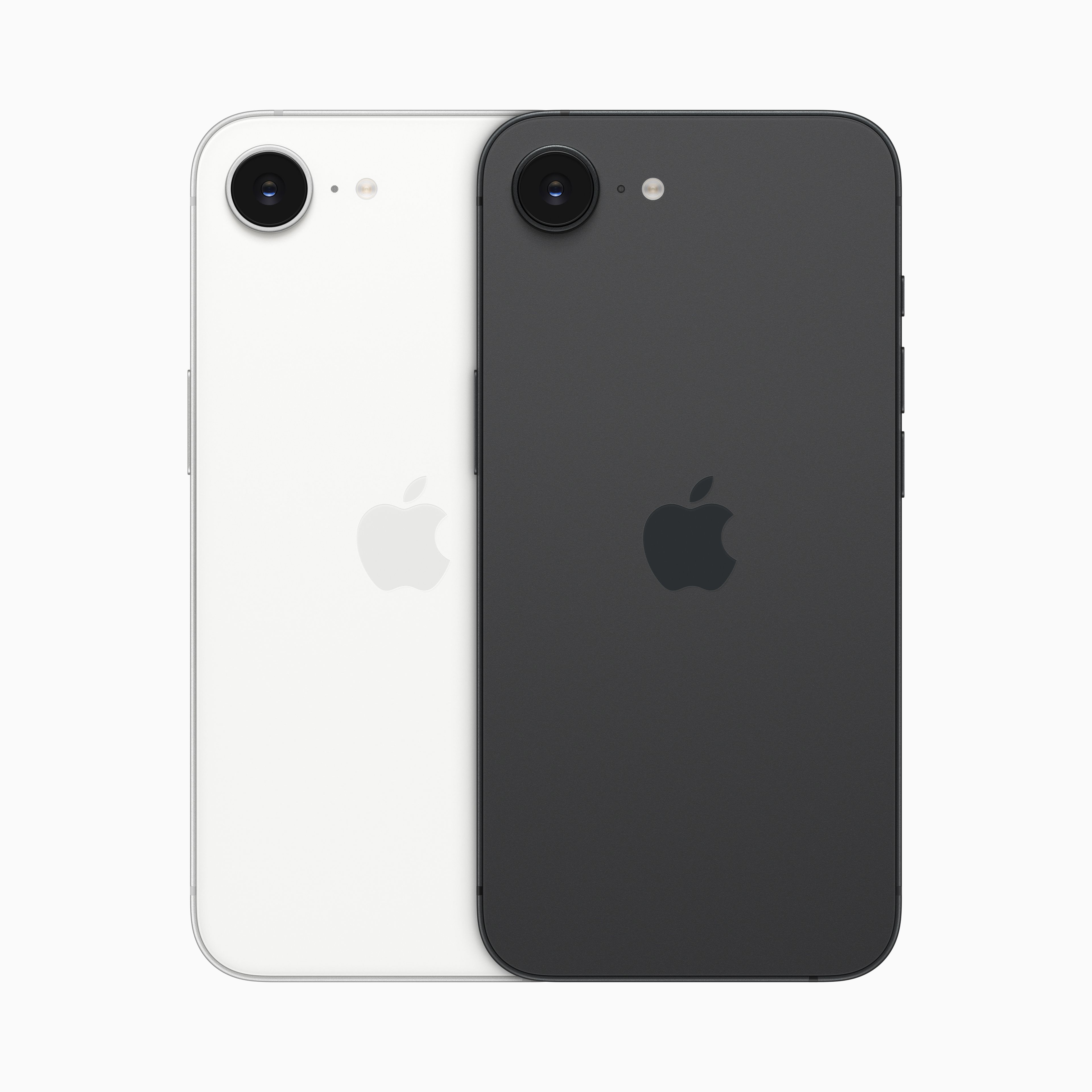
iPhone 16e
$599.99 at Apple
$599.99 at T-Mobile
Do I wish the iPhone 16e had MagSafe and Qi2 wireless charging, Dynamic Island, a faster USB-C port, and some of the more advanced imaging features of the iPhone Pro camera? Sure. But those missing features aren’t enough to dissuade me from picking a budget-conscious iPhone 16e over any other model from Apple’s 2025 lineup.









